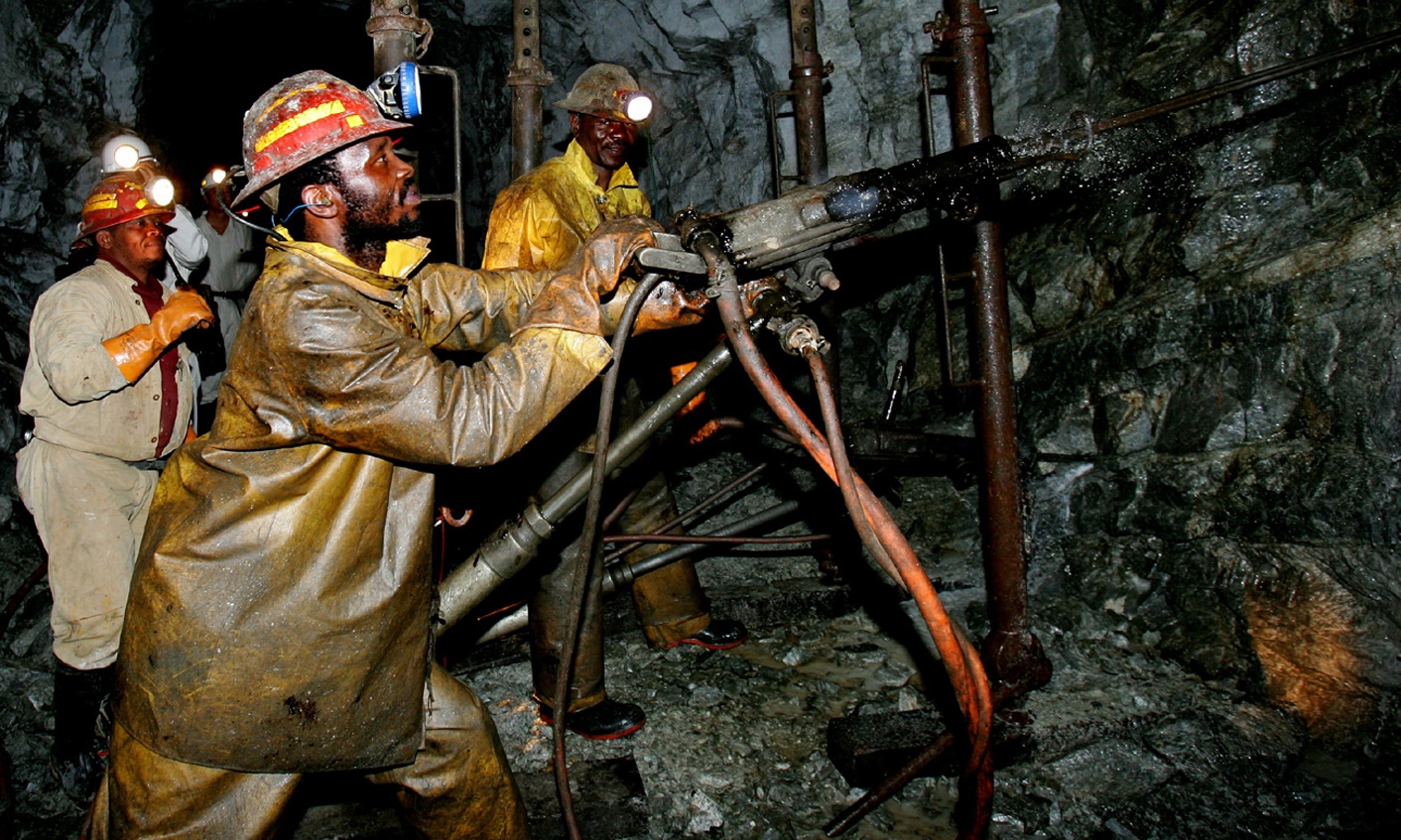
In Chile, the world’s largest copper producer, voters returned billionaire Sebastian Pinera to the country’s presidency, with a promise to reduce corporate taxes and cut red tape. In South Africa — the top producer of platinum and also rich in gold, coal, ferro-chrome, iron ore and other minerals — the ruling party backed Cyril Ramaphosa as its new leader, putting him on a path to replace Jacob Zuma as the country’s president.
The political shifts are good news for the likes of BHP Billiton Ltd., Rio Tinto Group, Glencore Plc and Anglo American Plc, which have billions of dollars tied in mines in South Africa or Chile — and, in some cases, in both nations.
While Pinera made his fortune in banking and an airline, he’s seen as close to the mining industry, and certainly more friendly than President Michelle Bachelet, who raised corporate taxes and empowered labor unions. Pinera has promised to keep some of the reforms of Bachelet, but also make economic growth and attracting investment his priority.
Ramaphosa, a businessman turned politician who will now have to fight national elections in 2019, was once a business partner of commodities giant Glencore, including a joint venture investing in coal. The new leader of the African National Congress, which has won each national election since the end of apartheid in 1994, plans to run on a reformist agenda.
How both politicians would deliver their pro-growth programs is far from clear, however. Hence, it may be premature for miners to cheer. And, in a worse case scenario, their business-friendly programs could backfire into the mining industry if they trigger social unrest.
For Ramaphosa, it would be a difficult balance; before his political and business career, he was a mining union leader. The new ANC head will have to deal with multiple crises, from sovereign debt downgrades and power blackouts to a local mining industry that has virtually thrown the towel in after Zuma pushed ahead with controversial reforms known as the mining charter.
For Pinera, it’s the mining landscape that could work against him. The billionaire politician enjoyed record copper prices during his first term in office. The red metal, which breached $10,000 a metric ton while he was president between 2010 and 2014, is now trading just under $7,000, limiting his room for maneuver in reducing taxes. Still, copper has recovered sharply from last year’s lows of about $4,300.
In Peru, the winds of change may be blowing in a different direction with mining advocate Pedro Pablo Kuczynski fighting to retain the presidency in Peru amid corruption allegations.

